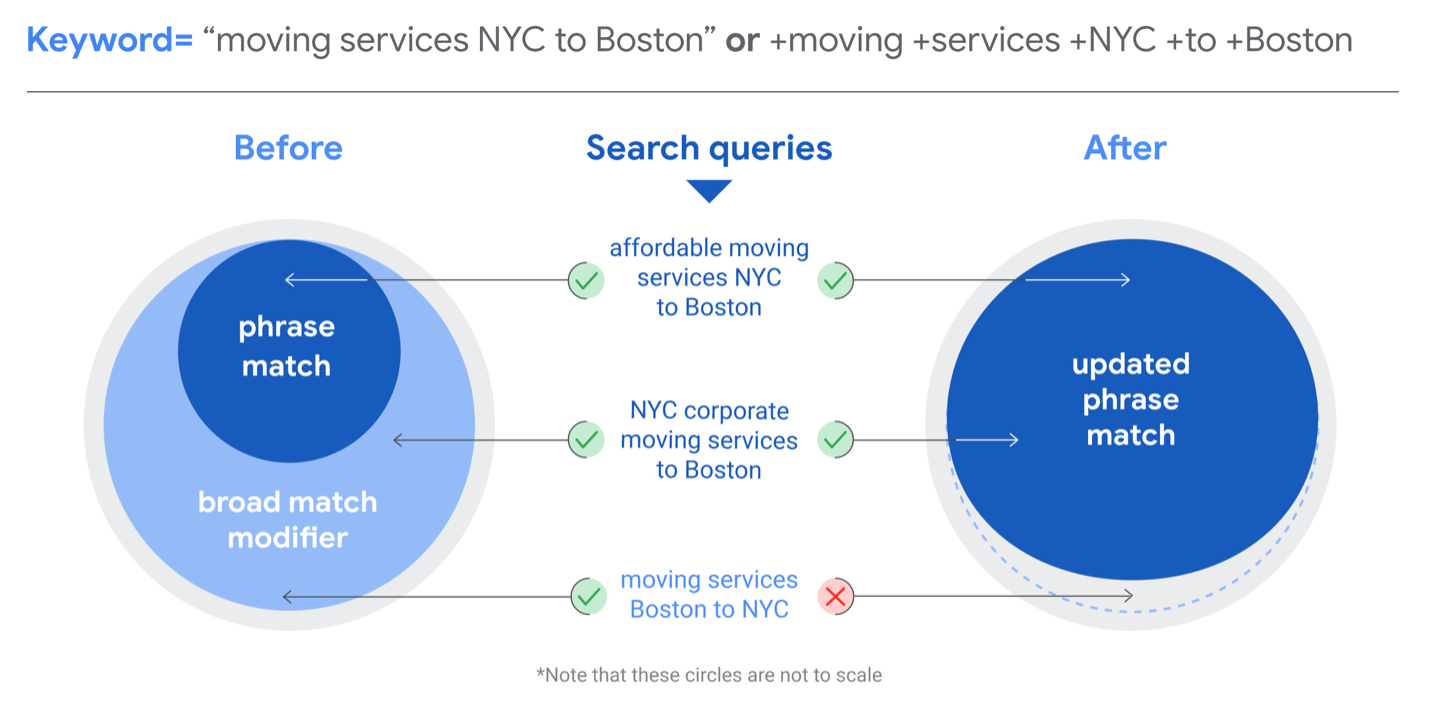An Overview of Modern Search Practices
Adapting Old Paid Search Campaigns Structures to Modern Paid Search Practices
Change is part of life. As such, it’s central to the paid search ecosystem. But within internal campaign structures and strategies, there’s hesitancy to modify campaigns, particularly when historical performance is tied back to keywords or other campaigns. Performance is precious, and this resistance to change search strategies can cause an account’s performance lag. Recently, adjustments to campaign elements and continued developments in algorithms have shaken the paid search campaign structure snow globe. Here’s some tips to adjust your campaigns.
Relax on the bid modifiers
Traditionally, the approach of bid modifiers has been identifying particular audience segments that are more or less valuable to achieve a performance goal, then manually assigning a modifier to the particular audiences. General examples would be assigning a negative bid modifier to a certain location target or a positive modifier to a first-party audience list layered into your search campaigns.
Now, hyper-focused, data-driven signals of smart bidding strategies, fueled by Google’s ever-evolving algorithms, automatically optimize bids on an auction-per-auction level. And real-time optimizations like this are critical to propel your account. Take the example below: Google has identified top signals and suggested bidding strategies, aggressive or less aggressive, through smart bidding. Changes like this were historically done manually through traditional bid modifiers, but this process was time-intensive and tedious, especially when operating large-scale campaigns. Leveraging Google’s technology can help efficiently recognize a campaign’s top signals and drastically save time in the implementation. The tradeoff is less manual control but more productive performance outputs.
RSAs are the new focal point of ad messaging
Earlier this year, Google announced that Responsive Search Ads (RSAs) are the new default ad type in search campaigns. Not entirely a shock to the advertising community, this announcement was widely read as another affirmation of Google’s agenda to prioritize account features that utilize automation. We’ve already observed this in action. In one account with both Expanded Text Ads (ETAs) and RSAs active, Google chose to serve RSAs 99% of the time. ETAs, which use static ad messaging elements, do not utilize auction-level dynamic capabilities present in RSAs. Though less dramatic in most cases, Google’s choice to serve RSAs over ETAs is an undercurrent across many accounts. Marketers should ensure their RSAs are the focal point of new ad copy creation in order to utilize the features of ad messaging options to your benefit.
Match types are not what they used to be
One of Google’s most notable announcements of late is the phasing out the Broad Match Modified (BMM) keyword match type. Broad Match Modified is a variation of broad match targeting that ensures the keywords present in your targeting are all present in the search query that triggers the keyword. Going forward, searches previously captured by the BMM keyword targeting will be consolidated and targeted through phrase match keywords instead.
The diagram below illustrates the expanded range of the updated phrase match targeting. This modification of match type targeting aligns with Google’s push for advertisers to focus more on intent and trusting automation rather than fixating on specific match type performance. A well-known paid search strategy is to separate ad groups by match type. With this announcement, as well as the inclusion of close variants for phrase and exact match types, this strategy has become rather outdated and much less effective.
Campaign structures for the present
All of that said, don’t forget that Google’s algorithm benefits from input and guidance from advertisers to maximize performance. The algorithms need the advertiser’s guidance. Offering actionable signals to the bid strategies will allow rather minimal input to generate more productive outputs. The best strategy is to keep up with changes in ad type depth or keyword match type targeting to avoid negative impacts on your account. Adopting algorithm-forward bid strategies, keyword structures, and ad types allows advertisers to cede certain areas of manual control yet gain greater targeting effectiveness and beneficial optimizations at scale. The fact is, time marches on, and so should your campaign structures.






